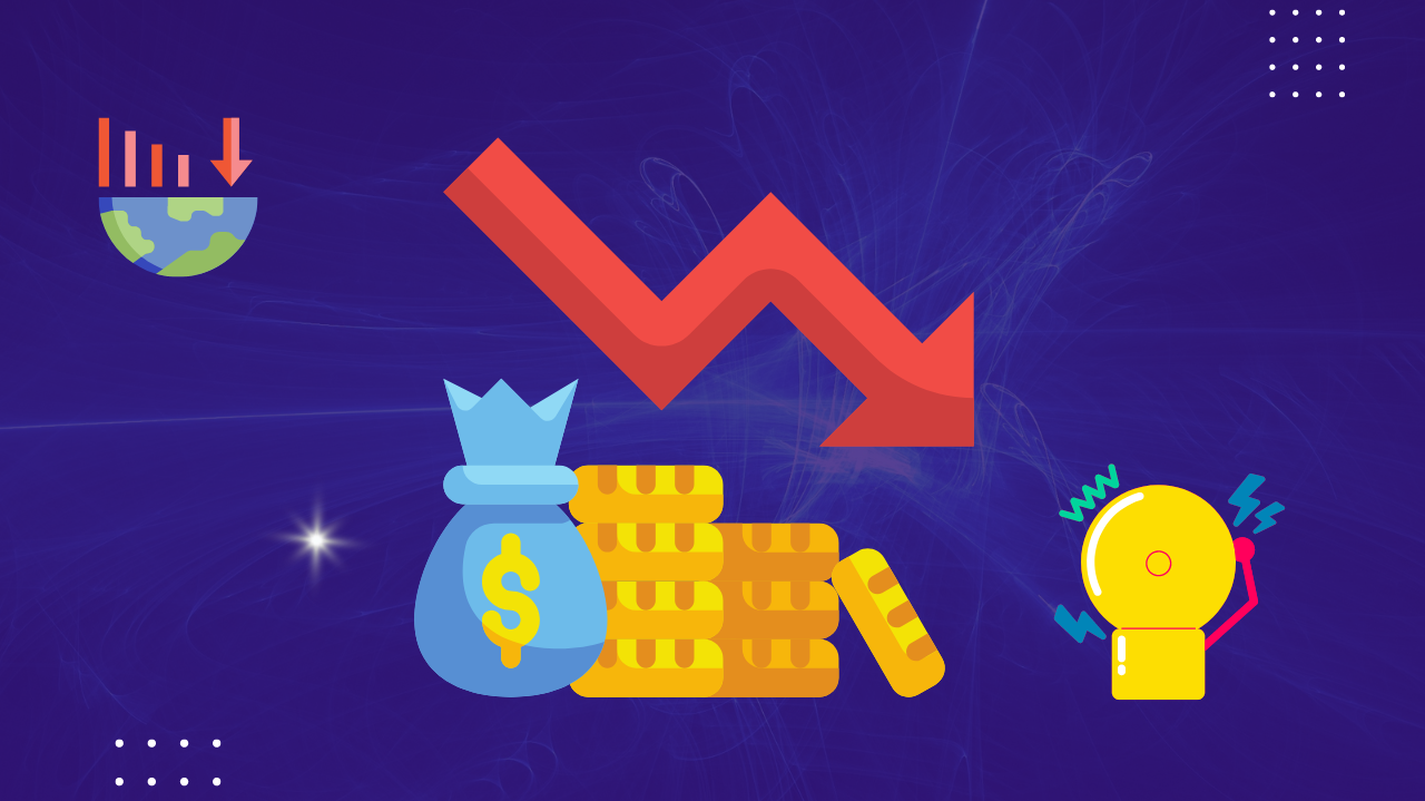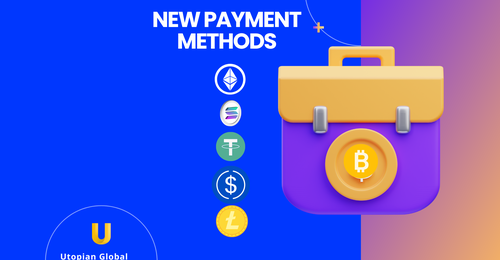
How to determine if your country is in recession?
To enjoy access to premium precious metals, visit our website at https://utopianglobal.com/.
Utopian Global offers 99.99%, LBMA-certified gold and silver for investment.
Are we in a recession right now?
There’s no easy answer to this question but if the economy is a topic of interest to you, it has crossed your mind.
How do we determine if our country is in a recession?
Source: Photo by Cottonbro (Pexels)
Unlike many of our previous blog topics such as Dollar Cost Averaging or Counterfeit Money, figuring out if your country is in recession is no simple matter.
While this article cannot provide you with easy steps to determine if your country is in a recession, UG can give you broad tips that can help you form an educated opinion.
Check quarterly data for GDP decline
GDP contraction is a strong indicator of a possible recession.
The basic reasoning behind a need for constant GDP growth is population.
Because the population is increasing every year, the economic “pie” should be growing as well to account for a larger workforce that produces more.
If GDP declines relative to this increase in population, it increases the likelihood of a recession.
A rule of thumb is if there are two consecutive quarter declines in GDP, that’s a recession.
Most of the recessions identified by the NBER (National Bureau of Economic Research) have been identified by this rule but are not limited to it.
1. Consumer spending adjusted for inflation
In simple terms ask yourself the question, are normal folks cutting back on spending and dipping into their savings in the face of those higher prices?
2. Personal income adjusted for inflation
If the salary is not increasing accordingly to inflation, consumers are not spending.
Therefore are you earning more or less, adjusted to inflation? If not, then this is a clear sign of recession.
3. Manufacturing and trade sales adjusted for inflation
As part of consumption an important measurement are wholesale-retail sales. Are they growing or distracting?
4. Industrial production
Is your country seeing an increase or decrease in manufacturing of goods? Is production growing?
5. What does the job market look like?
The second major factor to take into account is the level of unemployment.
A relatively high level of unemployment reduces potential GDP and the total amount of personal income in the pockets of residents.
Limited job opportunities mean less disposable income which in turn provide businesses with lower revenue as they have a smaller pool of working people to target with potential sales.
Check the relevant data in your country.
An incoming recession is more likely if you find levels of unemployment to be at record highs.
Always look to research institutions for insight
Even if all the signs of a recession are present, the economy may not be in one. Institutions like the NBER (National Bureau of Economic Research) in the U.S take months to form an opinion.
The Business Dating Cycle Committee within the NBER takes in many variables into account apart from just GDP.
Once you have finished all of your research and gained an opinion on the state of the economy, wait for the NBER (or the research institution, according to the country) to confirm or disprove your findings.
This article is sourced from the following links:
How Do Economists Determine Whether the Economy Is in a Recession? - The White House
Wondering How To Spot A Recession? Watch These 5 Signs | Bankrate
How Do You Know If A Country Is In Recession? | FXCM Markets
How do we know if we're in a global recession? (theconversation.com)



